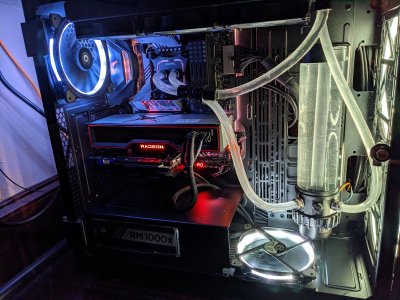LFaWolf
[H]ard|Gawd
- Joined
- Aug 7, 2016
- Messages
- 1,420
Frankly, I am not big into Ray Tracing but if it comes with the GPU then great. I still prefer a 6800XT over the 3080.
https://www.pcgamer.com/amd-rx-6800-xt-vulkan-ray-tracing/
https://www.pcgamer.com/amd-rx-6800-xt-vulkan-ray-tracing/
![[H]ard|Forum](/styles/hardforum/xenforo/logo_dark.png)

